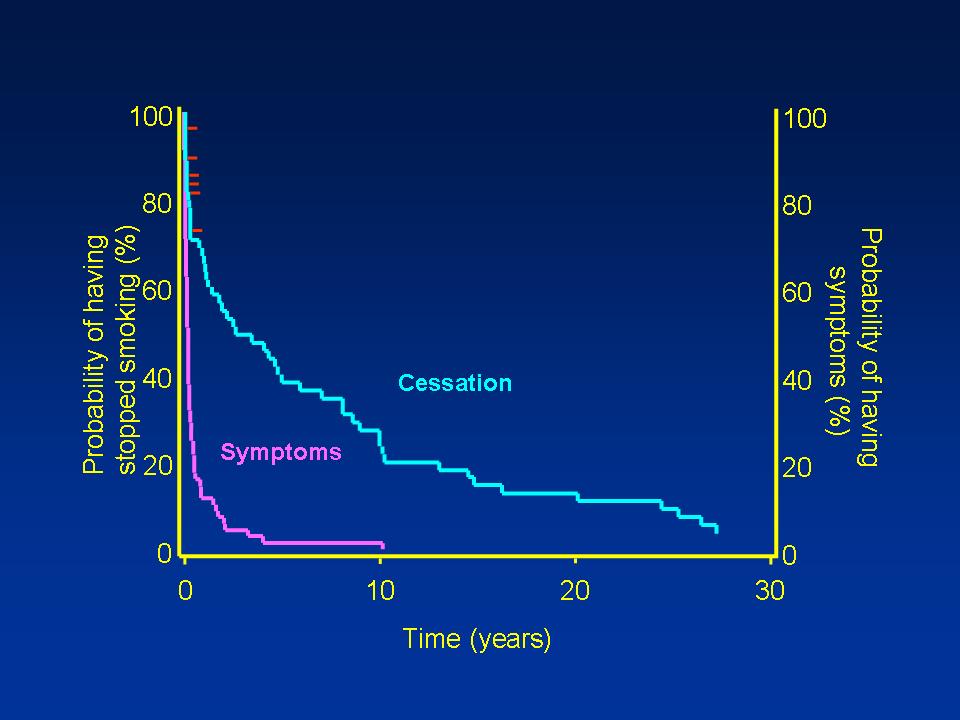 Mike McFadden, Michigan State University Extension | Updated: June 8, 2011
Mike McFadden, Michigan State University Extension | Updated: June 8, 2011
Silo gas forms after chopped green forages are harvested, placed into storage and begin to ferment.
Silo gas is more commonly associated with corn silage but can also occur with hay crop silages. Nitrogen oxide (NO) is one of the gases that are present in silo gas. NO combines with oxygen to form Nitrous Oxide (NO?). NO? is a corrosive and very toxic gas which is heavier than air. Because silo gas is heavier than air it tends to settle on the silage surface and flow down the silo chute on upright silos.
When inhaled, NO? mixes with water present in the human body producing nitric acid. the presence of nitric acid in the body causes burning and scarring of the lungs and respiratory system. This is the condition known as silo filler’s disease and can result in serious permanent lung injury and even death.
Symptoms of exposure to silo gas include coughing, burning, chills, fever and nausea. a farmer may also be exposed to silo gas, experience very mild or no symptoms and die while sleeping from fluid accumulation in the lungs. Farmers who suspect that they have been exposed to silo gas should seek medical assistance immediately.
Silo filler’s disease can be prevented by the following practices:
- Do not enter the silo for two to three weeks after silo filling has been completed.
- Run the silo blower for thirty minutes before entering the silo and leave it running while you are in the silo.
- Level off the silo or set up the silo unloader immediately after the last load has been blown in the silo and leave the blower running while you remain inside the silo. do not wait to do this. any delay can allow silo gas to form and accumulate.
- Ventilate the silo room to dissipate any silo gas that may have moved down the silo chute and collected there.
- Use an approved self- contained air supplying breathing apparatus when entering a silo within a four to six week period after it has been filled.
- Always have another person available to assist in an emergency.
- Portable gas monitors are available to test for nitrogen dioxide as well as oxygen levels.
You can find more information about silo gas here.